Increased Awareness and Education
Increased awareness and education regarding duodenal cancer are crucial drivers for the Duodenal Cancer Market. Campaigns aimed at educating the public about the symptoms and risk factors associated with this rare cancer are gaining traction. As more individuals become informed, there is a higher likelihood of early diagnosis and treatment, which can significantly improve survival rates. Healthcare professionals are also becoming more attuned to the nuances of duodenal cancer, leading to better patient management. This heightened awareness may stimulate demand for diagnostic and therapeutic solutions within the Duodenal Cancer Market, ultimately benefiting patients and healthcare providers alike.
Emergence of Personalized Medicine
The emergence of personalized medicine is reshaping the landscape of the Duodenal Cancer Market. Tailored treatment approaches, which consider individual genetic profiles and tumor characteristics, are becoming increasingly prevalent. This shift towards personalized therapies may enhance treatment efficacy and minimize adverse effects, thereby improving patient outcomes. As research continues to unveil the genetic underpinnings of duodenal cancer, the market is likely to see a rise in demand for targeted therapies that align with these advancements. Consequently, the Duodenal Cancer Market stands to gain from the integration of personalized medicine into standard treatment protocols, fostering a more patient-centric approach.
Rising Incidence of Duodenal Cancer
The increasing incidence of duodenal cancer appears to be a significant driver for the Duodenal Cancer Market. Recent data indicates that the prevalence of this rare cancer type is on the rise, with estimates suggesting that it accounts for approximately 0.5% of all gastrointestinal cancers. This upward trend may be attributed to various factors, including lifestyle changes and dietary habits. As awareness grows, healthcare providers are likely to prioritize research and development efforts, leading to enhanced treatment options. Consequently, the Duodenal Cancer Market may experience a surge in demand for innovative therapies and diagnostic tools, as patients seek effective solutions for this challenging condition.
Growing Investment in Cancer Research
The Duodenal Cancer Market is likely to benefit from the growing investment in cancer research. Funding from both public and private sectors has seen a notable increase, aimed at understanding the complexities of various cancer types, including duodenal cancer. This influx of capital is expected to accelerate the development of novel therapies and treatment protocols. Furthermore, collaborations between research institutions and pharmaceutical companies may lead to breakthroughs in targeted therapies and personalized medicine. As research efforts intensify, the Duodenal Cancer Market could experience a paradigm shift, with more effective treatment options becoming available to patients.
Advancements in Diagnostic Technologies
Technological advancements in diagnostic tools are poised to transform the Duodenal Cancer Market. Innovations such as endoscopic ultrasound and advanced imaging techniques have improved the accuracy of early detection, which is crucial for better patient outcomes. The market for diagnostic devices is projected to expand, driven by the need for precise and timely identification of duodenal cancer. Enhanced diagnostic capabilities not only facilitate earlier intervention but also contribute to a more comprehensive understanding of the disease's progression. As a result, the Duodenal Cancer Market is likely to witness increased investment in research and development, fostering the creation of cutting-edge diagnostic solutions.


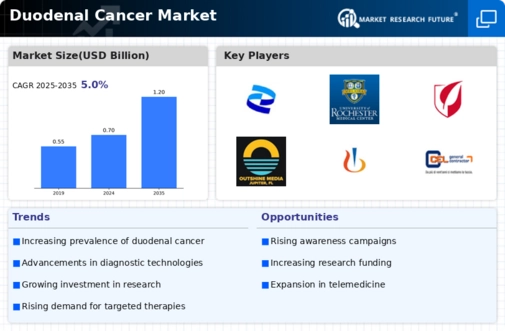
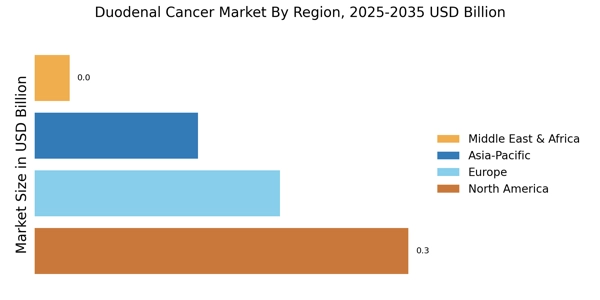
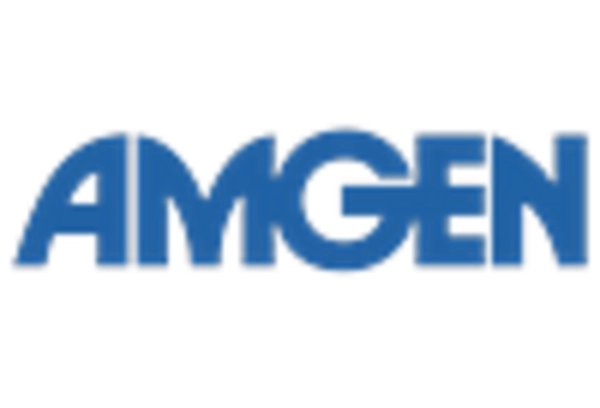
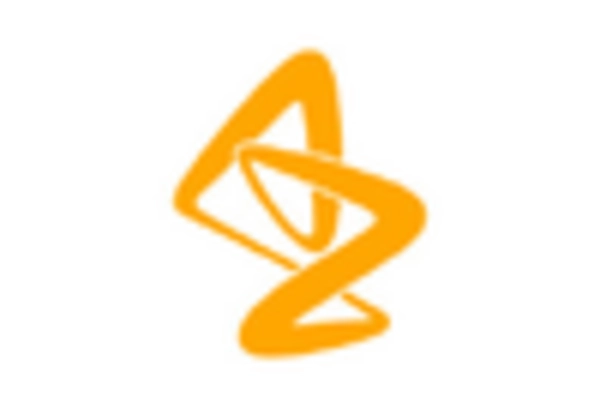
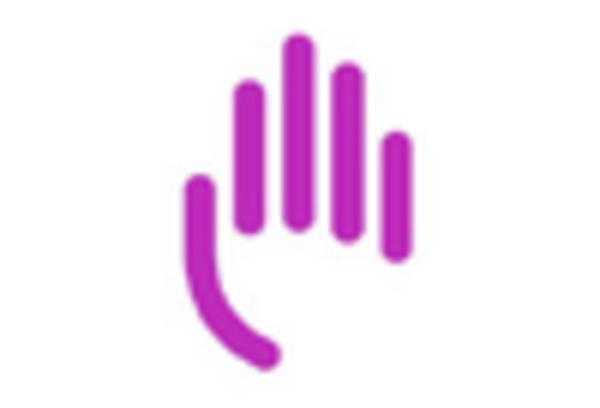
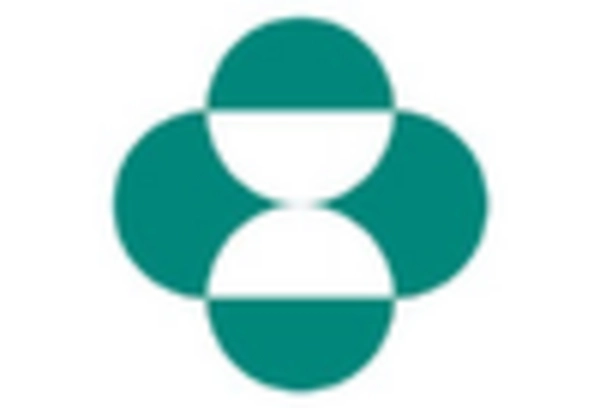
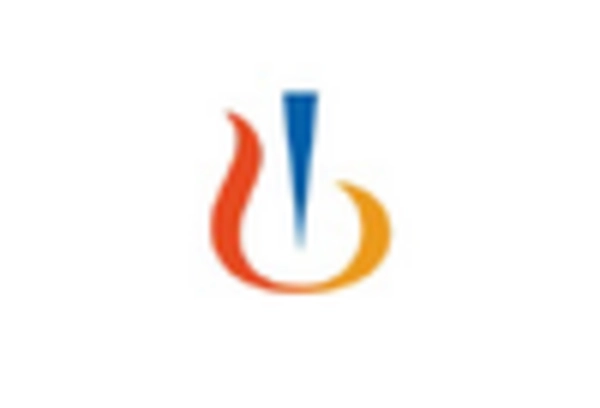
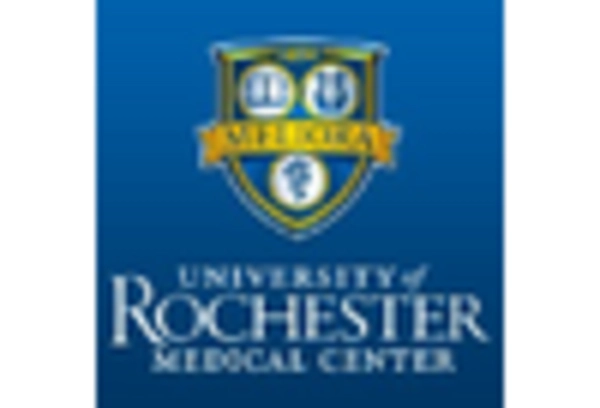








Leave a Comment